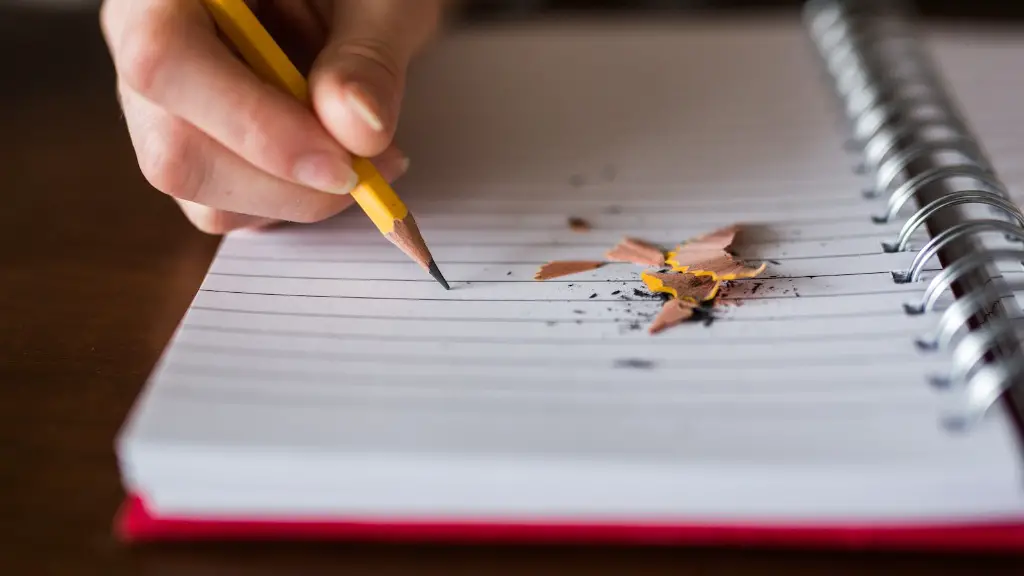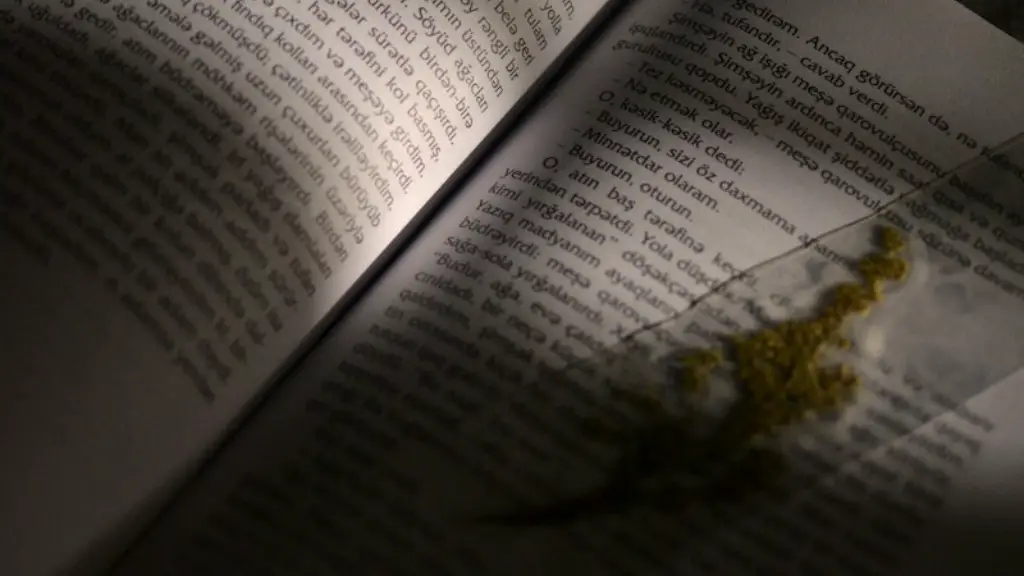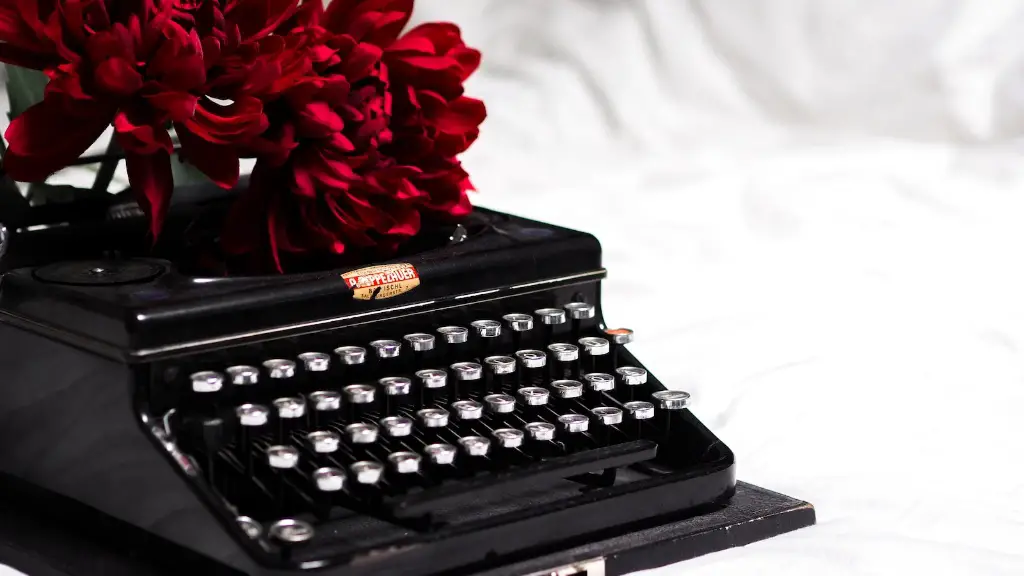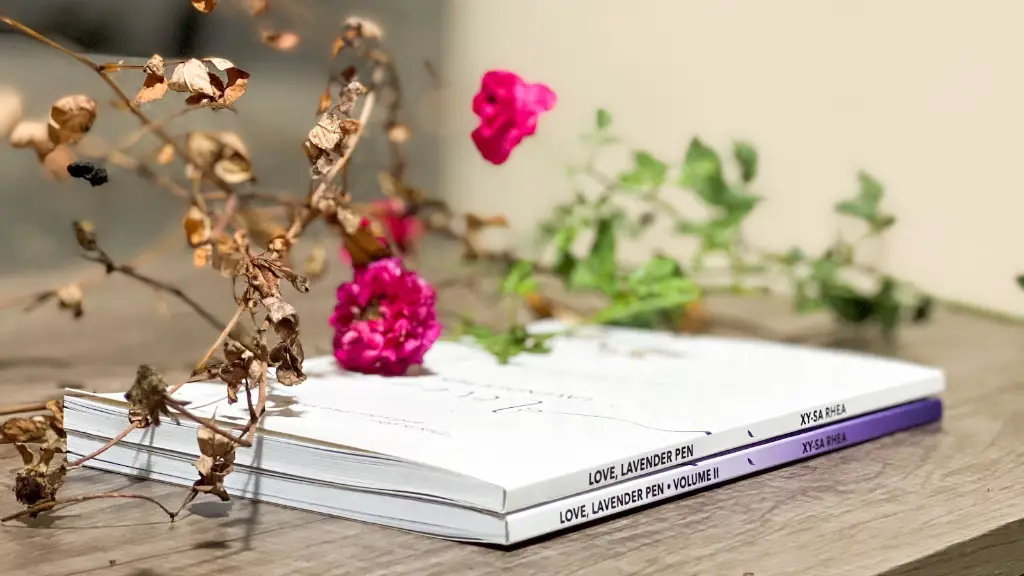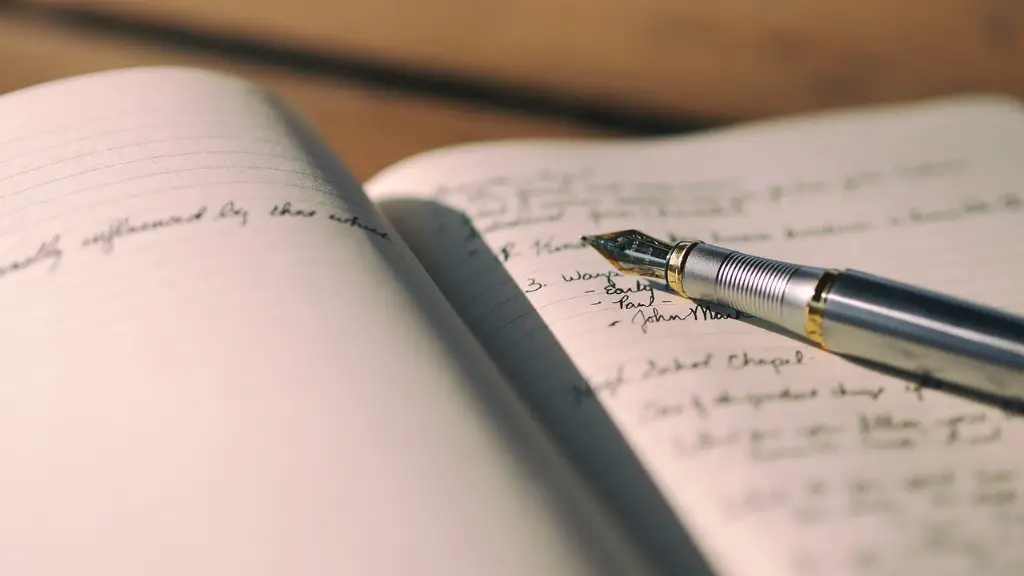What is Not Slam Poetry
Slam poetry is an incredibly popular form of spoken word art. It combines elements of spoken word, performance, and improvisation to create a captivating verbal story or poem. But what is it about slam poetry that sets it apart from other forms of poetry? Is there anything that makes a poem a ‘slam’ poetry as opposed to simply a spoken word piece? To answer this question, it is necessary to understand what is not slam poetry.
What is Not Slam Poetry
The most fundamental difference between slam poetry and other poetic forms comes down to its focus on the performer. Like performance art, the focus of the audience’s attention should be on the performer, not the words being spoken. For most poetry, the opposite is true: the message of the poem should be the focus, not the attitude of the person speaking. For example, traditional poetry readings typically involve a poet simply reading or reciting their work, not necessarily performing it. In contrast, a successful slam poem relies in part on the performer’s energy, persona, and ability to engage and connect with the audience.
In addition, slam poetry typically incorporates a great deal more improvisation and audience participation than other forms of poetry. Traditional poetry performances typically include no audience interactions beyond the occasional comment or question. However, a successful slam often includes a lot of back-and-forth banter between the performer and their audience. Not only does this help to foster a stronger connection between performers and audience members, it also often helps to make the performance more entertaining and memorable.
It’s worth noting that while it is accepted that some performers may use props and music as a part of their presentation, slam poetry typically frowns upon using recorded background music. Slammers believe that the passion, emotion, and energy should come through their performance alone, and not be augmented or enhanced by pre-recorded music.
The Power of Performance
The focus on performance can also be seen in the way slam poetry is judged. In traditional poetry readings, the judges typically focus on the content and lyrical quality of the poem. This is not the case with slam poetry. Slam poets are evaluated not only on the content of their poem, but also on their performance, energy, and ability to engage their audience. This makes slam poetry performances much more ‘high stakes’ than traditional poetry readings.
Because of this focus on performance, many slam poets opt to go ‘off book’ during competitions, choosing to recite their poem without the aid of a written text. This allows them to focus on the performance aspect of their piece more than if they were reciting a written text. This is not to say that a written text is not important for a slam poem. Many slam poets will write out and memorize their poem in order to have a better understanding of the content. However, memorizing the poem is not a requirement for a successful slam poem.
The emphasis on performance also means that many slam poets adopt a certain ‘style’ that they feel suits their poem. This style can be anything from a theatrical delivery to a highly energetic recital. Slam poets will often use their performance to emphasize certain words or concepts in their poem, further supporting their point. This is why slam poetry can often be more enjoyable to hear than read.
Mannerisms
It’s important to note that while some mannerisms and body language can be used to convey an emotion or idea, slam poetry should not be confused with stand-up comedy. While stand-up often relies heavily on physical humor and comedic timing, slam poetry primarily utilizes spoken words. This does not mean that humor cannot be used, just that the primary focus of a slam poem should remain on the substance of ideas, not on the use of comedy.
The audience is also given an incredibly important role in slam poetry. While in traditional poetry readings the audience will usually sit and observe silently, in slam poetry the audience can often react to the poem as it is being performed. In addition, a slam poem should address its audience in some way. While this does not necessarily mean that the poem should be written to include its audience, the performer should make sure that the audience feels like they are a part of the performance.
Finally, slam poetry differs from other forms of poetry in its focus on competition. While competition may not be the primary focus of a slam poem, it should always be considered when crafting a piece. Part of the purpose of the slam is to demonstrate the performer’s skill and passion in a public arena. Because of this, slam poets should always strive to put forth their best work in order to earn the respect of their audience.
A New Generation
Slam poetry is an incredibly powerful and expressive art form. It requires a great deal of energy, confidence, and skill from its performers. It is not quite like any other poetic form, which is what makes it so captivating and unique. As the popularity of slam poetry has grown, it has inspired a new generation of performers and spoken word artists to step into the spotlight. Its combination of theatricality, improvisation, and audience interaction makes it an incredibly dynamic and exciting form of performance.
Slam poetry is not necessarily a competition, but for many performers it is an opportunity to demonstrate their skill and passion for their art. It is an incredibly important form of self-expression, and it is motivating more and more people to step up to the microphone and show the world who they are and what they have to say.
Immersing in the Story
Slam poetry isn’t just about formal writing and expression, it is about immersing oneself in an engaging story that has captivated audiences for centuries. Slam poetry provides a unique way to tell a story through the creative expression of performance. One of the most important aspects of slam poetry is that it gives performers the ability to bring their stories to life in front of an audience. By embellishing their words with physicality, tone, and inflection, the performer can make their story come alive, transporting their audience into the center of their story.
To be successful in a slam poetry setting, performers must invest in more than just honing their writing and linguistic skills. They must commit to finding their own unique voice, so that they can be authentic and honest when performing. They must also be willing to take risks and embrace the unknown, as often their performance is based on audience response. This can be incredibly rewarding and liberating for performers, as it allows them to explore their creativity and find new ways to express themselves.
In addition, it is worth noting that slam poetry and spoken word events are often very welcoming and accessible to participants of all ages, backgrounds, and levels of experience. This is a key part of what makes slam poetry so accessible to a wide range of audiences. It provides a platform for improvisation, collaboration, and learning, allowing performers to explore different styles and techniques in an encouraging and non-judgmental environment.
A Culture of Support
The slam poetry scene is not only passionate about creating great art, but is also focused on providing support to its members. Since slam is an art form composed of words, emotions, and feelings, performers are expected to be respectful of their audience and sensitive to their peers. This creates a culture of support, understanding, and respect, while also providing a safe environment for performers to explore and express themselves.
This culture of support also extends to the judging of competitions. Judges strive to be understanding and objective when assessing performances. Rather than focusing on points and technicalities, they are likely to be more interested in the emotion and energy of the performer, the relevance of the message, and the connection between performer and audience. This supportive atmosphere can help performers to build their confidence and skills.
Slam poetry is an incredible art form; blending elements of spoken word, performance, improvisation, and storytelling that allows performers to express themselves in a powerful and meaningful way. It gives poets from all backgrounds the opportunity to share their stories, inspire others, and be their authentic selves. As its popularity continues to grow, so too does its impact, opening up a new world of creative expression and exploration.
Self Expression and Engagement with Audience
As a spoken-word and performance art, slam poetry allows performers to add their own meanings to the words they recite. Through the integration of gestures, facial expressions, and an animated delivery, performers can convey ideas and feelings through the art of slam poetry. Consequently, the audience is able to connect with the performer’s message on an emotional level, creating an intimate and powerful dialogue between audience and poet.
Slam poetry competitions offer a platform for a poet’s innermost thoughts and feelings to be expressed through stories, verse, and prose. This encourages poets to take risks with their language, and find new and inventive ways to convey their words to the audience. By providing an opportunity for poets to step outside of the boundaries of traditional forms of writing, slam poetry allows them to find their own voice and style of expression, enabling them to tell their stories with a unique flair.
This kind of engagement creates an atmosphere that is both raw and emotive. Audiences become an active part of the performance, responding and reacting to the poet’s words with cheers and cheers of approval. This heightens the emotion behind the performance and enables the poet to reach their full potential. Through the use of audience participation, the performer can make their poem even more powerful and memorable, driving home the main points of their message.
Challenging Conventions and Misconceptions
Slam poetry is often seen as a genre of poetry that is confined by standardised conventions or formulaic styles. This misconception can be attributed to the rise of popular poetry slams in recent years. While these competitions can appeal to a wider audience, they can also create a perception of slam poetry as an art form with little room for creativity or innovation. However, this is not the case.
In an effort to challenge this popular misconception, many slam poets are turning to new ways to express their message. This can include the incorporation of props, multimedia, and interactive elements into their performance. By pushing the boundaries of what is traditionally expected of slam poetry, these performers are demonstrating that art forms can indeed evolve and adapt to their environment.
Slam poetry is also helping to break down prejudices and misconceptions about poetry. Performing in front of a live audience can create a sense of vulnerability, and consequently allows the poet to express their thoughts and feelings on a deeper level. This can help to broaden the appeal of poetry to a wider audience, and to show that it is not limited to a certain demographic or situation.
Slam poetry is a powerful and inspiring art form that encourages performers to express their creativity and take risks. By breaking down expectations and conventions, poets are able to challenge societal norms and push boundaries. Through the combination of improvisation, storytelling, and performance, slam poetry gives both performers and audiences the opportunity to explore new ideas and emotions, and to grow both artistically and as people.
